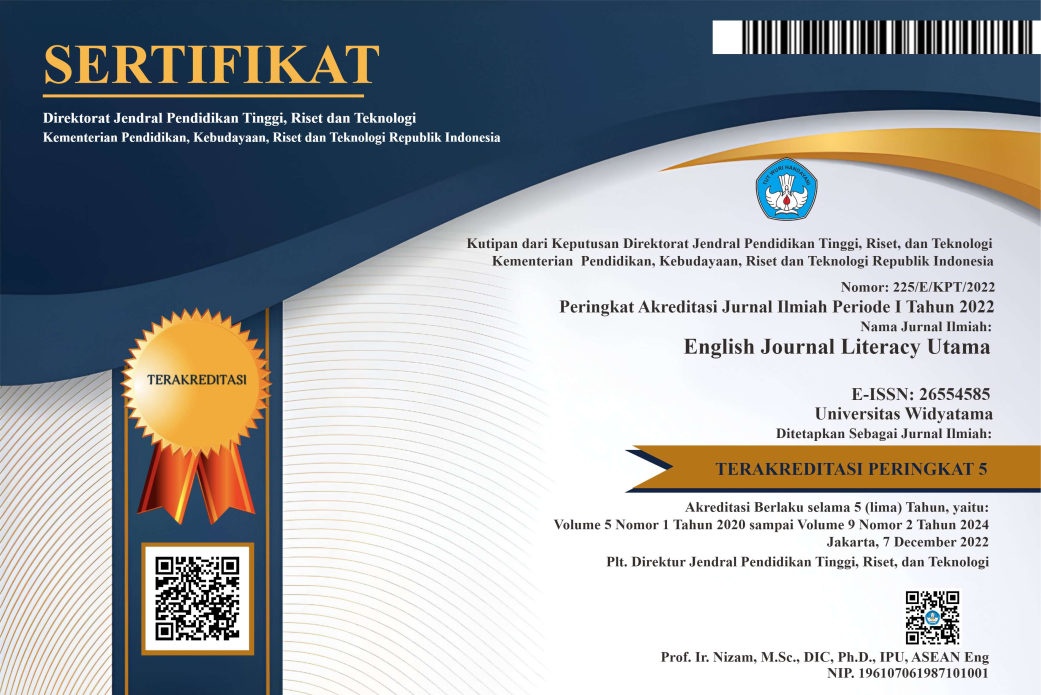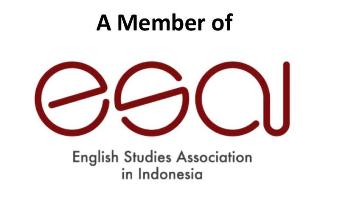POLITENESS STRATEGIES AND SOCIAL DIMENSIONS IN CHLOÉ ZHAO'S FILM NOMAD LAND: SOCIOPRAGMATICS STUDY
DOI:
https://doi.org/10.33197/ejlutama.v6i1.157Keywords:
sociopragmatics, politeness strategies, social dimensionsAbstract
This research aims to identify the most dominant kinds of politeness strategies used in Chloé Zhao's film Nomad land and to analyze the most dominant social dimensions that influence the selection of politeness strategies used in Chloé Zhao's film Nomad land. The method used in this research is a qualitative descriptive method and to get the data needed for this research, the data collection is conducted by choosing and watching the film, reading the film's script, collecting the data, identifying the data, classifying the data, then analyzing the data based on its politeness strategies and social dimensions, and drawing a conclusion related to the results of the data that has been analyzed. The theoretical framework used in this research is the theory of politeness strategies from Brown and Levinson (1987) and the theory of social dimensions from Holmes (2013). The results of this study show that there are 4 politeness strategies found from the 35 data analyzed, the most dominant politeness strategy used in Chloé Zhao's film Nomadland are 18 data (51,43%) of bald on record strategy, followed by 8 data of positive politeness strategy (22.86%), then 6 data (17,14%) of negative politeness strategy, and 3 data (8,57%) of off record strategy. Meanwhile, the most dominant social dimensions that influenced the selection of politeness strategies used in Chloé Zhao's film Nomadland are 19 data (54,29%) of the solidarity–social distance scale, followed by 6 data (17,14%) of the formality scale, then 6 data (17,14%) of the referential and affective function scales, and the last is 4 data (11,43%) of the status scale.















